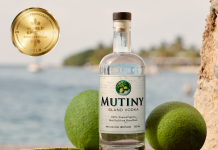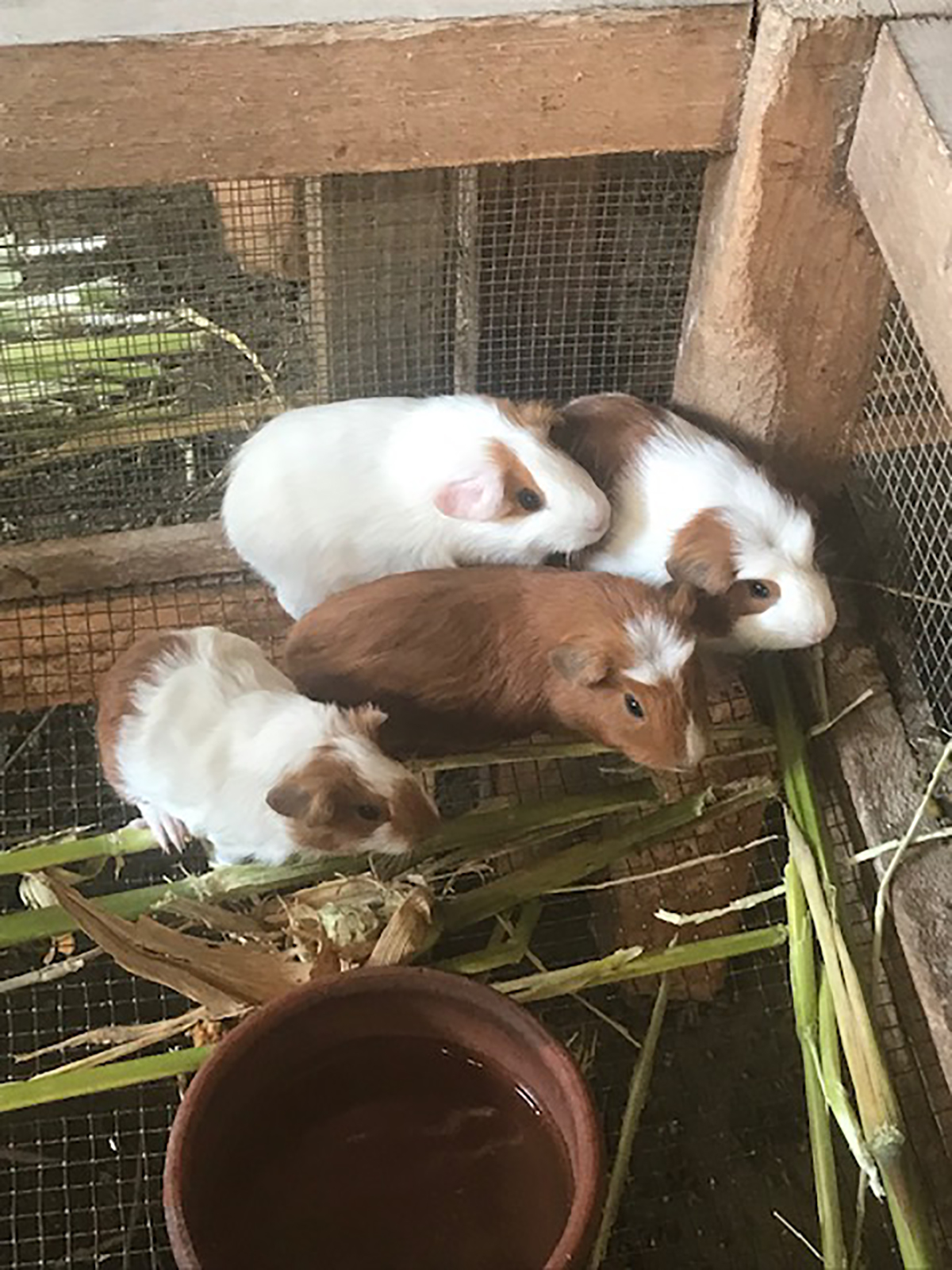News Americas, NEW YORK, NY, Mon. July 11, 2022: Peru’s economy is recovering from the shutdowns and other measures taken to address COVID-19, which hit the country’s people especially hard. But like the rest of the world, Peru is now struggling with high inflation and the measures to address it.
The country’s annual inflation through June stood at 8.81%, higher than at any time in the past quarter century. In response, Peru’s central bank has been increasing interest rates. They are now 6%.
Inflation and interest rates have considerable impact on low-income Peruvian communities, where family farmers often need to borrow money to buy seeds, fertilizer and other inputs. When official rates go up, those of the moneylenders on whom many farmers rely increase even more. This raises costs and, even worse, increases the risk of falling into permanent debt that can trap farmers in poverty.
Many Peruvian family farmers – led by women – have avoided this dynamic by raising and selling guinea pigs.
Guinea pigs— “cuy”—are a traditional Peruvian food. In recent years they’ve become popular in high end restaurants. Raising and selling them to restaurants and in local markets has added to household incomes during the pandemic. Now they are helping insulate family farmers from the impacts of inflation and higher interest rates.
World Neighbors, a development group based in Oklahoma City, trains farmers to set up cuy farms that use organic alfalfa and other sustainable techniques. Organically farmed guinea pigs, bred for meat and twice the size of the creatures used as pets, are marketed as an alternative source of protein to poultry and a healthier alternative to red meat. Research by Peru’s national health institute has shown that cuy has greater nutritional value than poultry, beef or lamb.
Guinea pigs raised used sustainable techniques bring higher prices and have higher profit margins. Cuy farmers in Ayacucho and other areas have added $30 to $130 to their monthly incomes through the sale of organically raised guinea pigs. This has helped insulate farmers from the impact of higher inflation and, even more important, provided capital to further expand output and income.
Mariela Lizarme Llocclla, a cuy farmer, originally raised cattle. It used to take her two years to rear a calf, a year to raise a pig and seven months for a chicken. With an initial investment of 100 soles she bought two cuy. In three months she had guinea pigs to sell in the local market. She uses the animals’ manure to fertilize pastures used to grow alfalfa to feed the cuy. Organic fertilizer reduces costs and increases profit margins.
In addition to increasing income, raising guinea pigs using sustainable techniques has significant environmental advantages.
“Cuy farming reduces farmers’ impact on the environment. It optimizes the use of land and, given how fast they mature, cuy require much less feed compared to other livestock,” said Lionel Vigil, World Neighbors Regional Director for Latin America and the Caribbean. “Cuy do not generate deforestation, or produce large quantities of excreta like cattle, the main producers of greenhouse gas such as methane.”
Organic guinea pig farming in Peru is a good example of how low-cost innovations that build on what communities already do can increase resilience to economic and climate shocks and catalyze the process of sustainable development.










